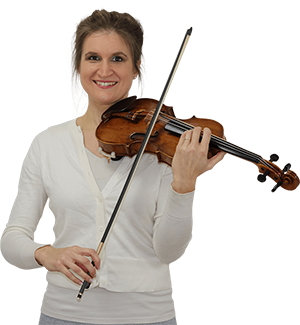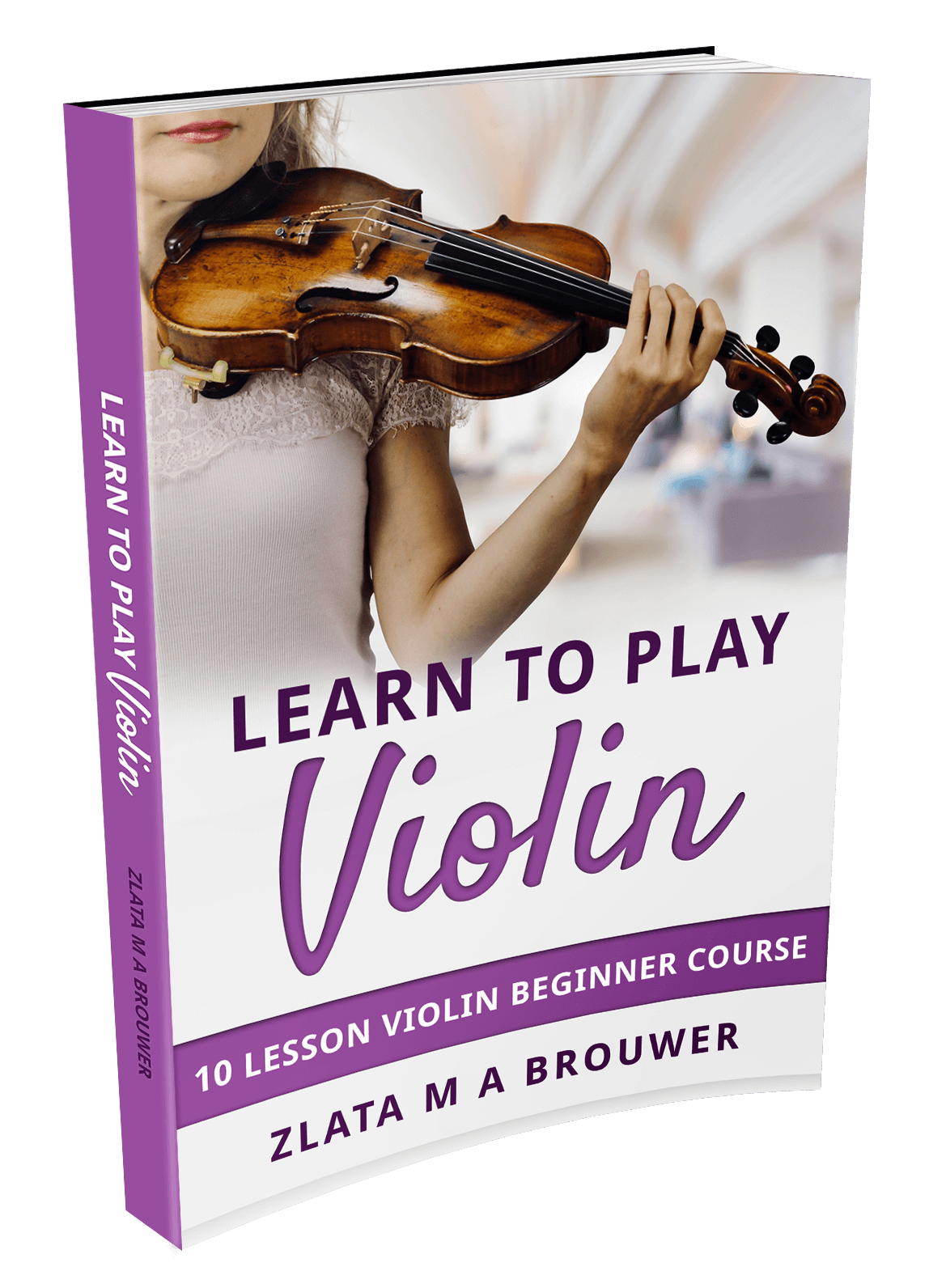Why is the Violin so Hard to Play?!?
You might think it’s because the lack of frets, but the true difficulty lies in the precision of the bow strokes
Just a tiny change in angle, speed, contact point or pressure, might make the violin scratch and squeak
The combination between the bowing and the exact placement of the left hand fingers on the strings, being two totally different techniques, makes the violin one of the hardest instruments to learn.
Every year, thousands of people around the world, of every age, decide to start the violin
At first, they feel curiosity, motivation, and enthusiasm. Sadly, very few will continue to play in the years to come. Why is it that so many people quit the violin just a few years (or less) after starting? What challenges do they face, and what are some ways they can work with their teachers to puch through these obstacles and continue making music?
Many of the factors that make volin difficult are not unique to this instrument alone. Violins, violas, cellos, and basses have many similar challenges.
For example, none of these instruments have frets, which are small ridges places along the fingerboard exactly where each note should go. Instead string players must memorize the precise location of every pitch, on every string, in every position. This would be daunting for anyone, particularly because the size between the intervals changes as you go into higher positions, so instead of just repeating the exact same pattern, the hand has to make minute adjustments as it goes up. This is why teachers prescribe scales and arpeggios from the very beginning, but many students neglect practicing them, become frustrated, and wonder why they can’t learn the notes or play in tune.
There isn’t a way around this challenge, but there is a way through it.The main moral of my story is…practice your scales!!
Seriously though, you will be amazed at how much your pieces will “automatically” improve when you take fingering and intonation exercises seriously. Shifting books like Sevcik are great for learning every position. The other trick most beginners use is putting thin tapes on the fingerboard to visualize each note’s location. This is an excellent way to start learning the patterns, but just make sure you get someone knowledgable to do it for you so you’re not teaching yourself to play out of tune!
Most musical instruments require the hands to be independent from each other. This is particularly difficult on string instruments because you are not only doing two different things, but holding two different things!
Beginners often feel that either the left hand is accurate or the right hand, but never both. The insecurity of trying to keep track of so many movements at once causes tension, and discomfort causes us to give up.
Spend a little time every day working on the hands independently. Bow open strings and do right hand bow exercises, then focus on left hand play playing pizzicato. Staying balanced along your spine and grounded in the floor also helps your limbs work independently.
The most challenging thing about playing the violin is just making sound!
This is sad because so many people hear the violin’s gorgeous tone, decide they want to try, and quit because nothing they play comes close to what they heard.
Violins work according to complex physics, and there are many factors at play. How you move, how your left hand strikes the string, and your bowing technique all play a part. How close is your bow to the bridge? Are your fingers working together or getting in each other’s way? Is your arm flexible? How fast is your bow? How much pressure should you use? Would the tip or the frog work better? The sum of all these questions is never the same for any two pieces, and everyone has their own preferences. Violinists cannot change the laws of physics, but we can experiment with different combinations of speed, weight, and bow placement to get a complete palette of tones.
For beginners, the best way is to practice open strings for a deep, full sound along the whole bow. Once you get into it, you will find bow technique fascinating.
Since bowing is so difficult, violinists like to joke that they should have been pianists because all you do is hit a key. That certainly is a nice change of pace, but is piano really easier? At first it seems so because all the notes are lined up in front of you and both your hands are doing similar things. It is a very good instrument to start with and learn musical basics and vocabulary. In the advanced stages, violin and piano are equally difficult. Pianists have to read two staves, often with giant chords in both hands. They rapidly move their hands up and down the keyboard without time to think about the next notes. The life of a pianist is very busy because not only do they have to prepare their own solo repertoire, but they usually also play chamber music, collaborate with other performers and work as music directors. They always have a million things to practice on very short deadlines.
At a high level, every instrument is hard in its own way.
Oboists and basoonists spend hours each week carefully preparing their own reeds. Wind players are constantly working on their ambouchures to create better tone. Percussionists have to learn not only timpani, drums, and mallets, but also dozens of smaller instruments, most of which I guarantee you’ve never heard of.
Join my FREE beginner violin course
I take you from scratch step by step to your first violin concerto including 40 videos, sheet music and violin tabs.

Hi! I'm Zlata
Classical violinist helping you overcome technical struggles and play with feeling by improving your bow technique.
The common theme across all these challenges is practice, practice, practice.
Even for very dedicated students, violin takes years to learn. When they become professionals, many violinists have been playing for fifteen to twenty years or more. Fortunately, violin is also one of the best instruments to start at a very young age because it comes in tiny sizes. When done well with a mindful teacher, starting early helps lay a good foundation of correct habits. But if you didn’t start when you were three, that’s no reason to be discouraged! Whether you aspire to teach, perform, or enjoy playing whenever you feel like it, focus and determination counts for much more than how long you’ve been playing. For example, Dr. Suzuki, the creator of the world-famous Suzuki method, never touched a violin until he was a young adult. He became one of the most knowledgable and influential pedagogues in history. Learning of any kind is a life-long endeavor, and master violinists will be the first to tell you that they learn new things every day. It is easy for us as people to get discouraged, frustrated and jealous. But if every time you practice violin you are able to simply say, “I am better than I was yesterday,” you are on the road to becoming a better violinist and, more importantly, a better human being.


I thought it was quite interesting to know why the Violin is so difficult!
Seems like you forgot bow placement for each note – bowing the middle produces a pure sine space, but moving closer to the bridge ads more and more harmonics, even discontent ones